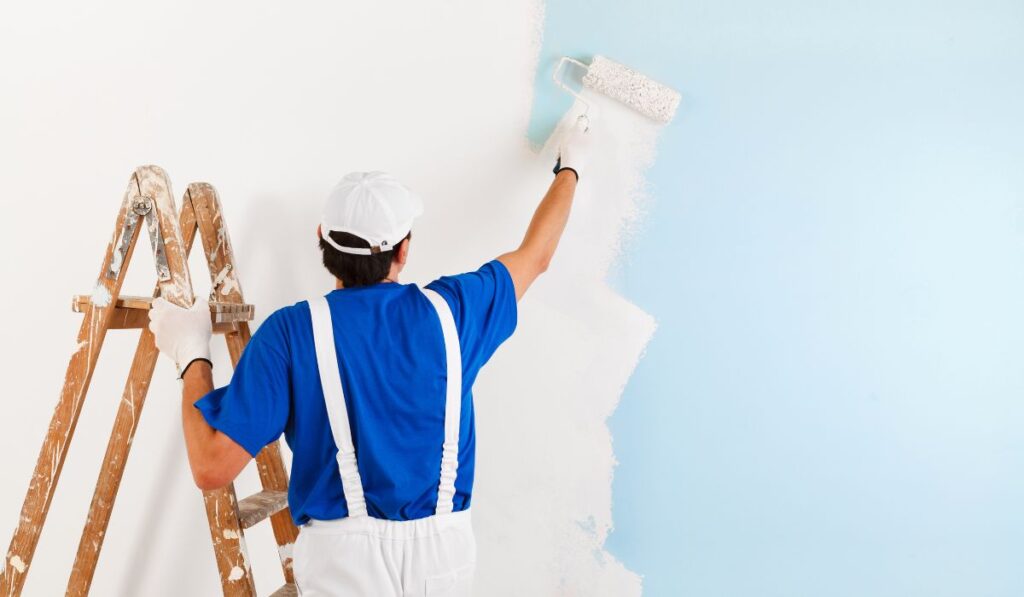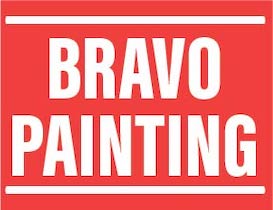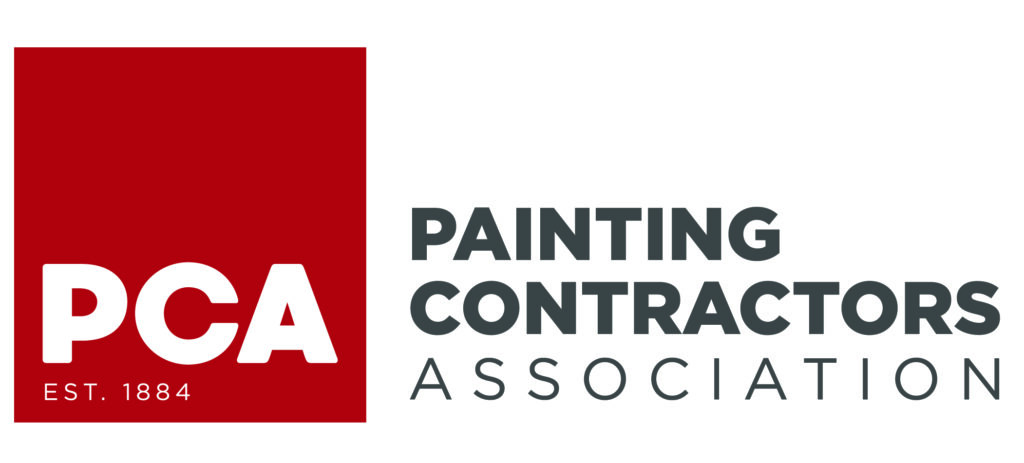Choosing the perfect exterior paint color for your home can be both exciting and daunting.
The right color can enhance your home’s architectural features, increase curb appeal, and even affect your mood and the overall aesthetic of your neighborhood.
Here are five essential tips to guide you in selecting the best exterior paint color for your home.
Consider Your Home’s Architectural Style
Your home’s architectural style is a crucial factor in choosing an appropriate exterior paint color.
Different styles have different traditional color palettes that complement their design elements.
Traditional Styles
- Victorian Homes: These often look stunning with bold, contrasting colors. Think rich greens, deep reds, and vibrant blues.
- Colonial and Georgian Homes: These styles tend to favor more subdued, classic colors like whites, beiges, and grays.
Modern and Contemporary Styles
- Modern Homes: These homes often use neutral palettes with whites, grays, and blacks, sometimes accented with bright or bold colors for a striking effect.
- Mid-Century Modern: Earthy tones like olive green, mustard yellow, and burnt orange can highlight the clean lines and minimalist features.
Craftsman and Cottage Styles
- Craftsman Homes: These are often painted in earthy, natural colors like greens, browns, and grays.
- Cottage Homes: Light, pastel colors such as soft blues, pinks, and yellows can give these homes a charming, cozy feel.
Take Inspiration from Your Surroundings
Your home’s surroundings play a significant role in determining the most suitable exterior paint color. Consider the natural landscape, neighboring homes, and even the climate.
Natural Landscape
- Wooded Areas: Homes surrounded by trees and greenery often blend well with earthy tones like moss green, taupe, and brown.
- Coastal Areas: If you live near the ocean, soft blues, sandy beiges, and crisp whites can reflect the serene, breezy atmosphere.
Urban Settings
- In a city, you should choose a color that stands out among the buildings but still complements the overall urban aesthetic. Think sophisticated shades like deep charcoal, navy blue, or even vibrant red.
Climate Considerations
- Sunny Climates: Light colors reflect sunlight and can keep your home cooler. Whites, light grays, and pastels are great choices.
- Colder Climates: Darker colors absorb heat, which can be beneficial. Rich colors like dark greens, deep blues, and even black can add warmth.

Test Colors with Samples
Before committing to a color, it’s wise to test a few samples on your home’s exterior.
Paint a small section and observe it at different times of the day to see how the color changes in various lighting conditions.
Lighting Changes
- Morning Light: This can be softer and may make colors appear warmer.
- Midday Light: The sun is brightest and will show the actual color, but it can also wash out lighter shades.
- Evening Light: This can cast a relaxed tone on colors, often making them appear darker.
Testing samples also allows you to see how the colors interact with other elements of your home, such as the roof, trim, and landscaping.
It’s better to take the time to test and be sure than to end up with a color you’re not happy with.
Consider the Roof and Other Fixed Elements
Your roof, driveway, and other permanent elements like stonework or brick should influence your color choice.
These components aren’t easily changed, so your exterior paint color must harmonize with them.
Roof Colors
- Dark Roofs: Dark roofs, like black, dark brown, or dark gray, pair well with a variety of colors but look particularly striking with light, neutral, or even bold exterior colors.
- Light Roofs: Light roofs, such as tan, light gray, or white, often look best with darker exterior colors for contrast but can also work with other light, warm colors for a cohesive look.
Stonework and Brick
- If your home has natural stone or brick, consider colors that complement these elements. Earth tones, shades of gray, or even muted greens and blues can work well.
Use Color Psychology
Colors have psychological effects that can influence how you feel about your home.
Understanding color psychology can help you choose a color that not only looks great but also makes you feel comfortable and happy.
Warm Colors
- Reds and Oranges: These colors can evoke feelings of warmth, energy, and excitement. They are great for making a bold statement.
- Yellows: Yellow is often associated with happiness and positivity. Soft yellows can be inviting and cheerful without being overwhelming.
Cool Colors
- Blues and Greens: These colors are known for their calming and relaxing effects. They can make your home feel serene and welcoming.
- Purples: While less common, purples can evoke a sense of luxury and creativity.
Neutral Colors
- Whites, Grays, and Beiges: These colors are versatile and timeless. They provide a clean, sophisticated look that can appeal to a broad audience.
Conclusion
Choosing the perfect exterior paint color involves balancing personal preference, architectural style, and environmental context.
By considering your home’s design, testing samples, harmonizing with permanent elements, and understanding color psychology, you can make an informed decision that enhances the beauty and value of your home.
Take your time, explore various options, be bold, and consult with a professional if needed.
The right exterior paint color can transform your house into a stunning, welcoming home.
For professional assistance and to explore a wide range of exterior paint options, visit us at Bravo Painting.
FAQs
Why is it important to consider my home’s architectural style when choosing an exterior paint color?
Your home’s architectural style dictates traditional color palettes that complement its design elements. For example, Victorian homes often look stunning with bold, contrasting colors like rich greens, deep reds, and vibrant blues. In contrast, Colonial and Georgian homes favor more subdued, classic colors like whites, beiges, and grays. Matching your paint choice with your home’s style ensures a cohesive and aesthetically pleasing appearance.
How can my home’s surroundings influence the best exterior paint color choice?
Your home’s surroundings, including the natural landscape, neighboring homes, and climate, play a significant role in selecting the most suitable exterior paint color. For example, homes in wooded areas blend nicely with earthy tones like moss green, taupe, and brown, while those near the ocean might look best with soft blues, sandy beiges, and crisp whites. Considering your environment helps your home harmonize with its surroundings.
Why is it necessary to test paint colors with samples before making a final decision?
Testing paint colors with samples allows you to see how the color looks on your home’s exterior at different times of the day and under various lighting conditions. Morning light can make colors appear warmer, midday light shows the actual color, and evening light can cast a calm tone, often making colors appear darker. Testing ensures you choose a color you’re happy with in all lighting conditions and how it interacts with other elements of your home.
How do the roof and other fixed elements of my home impact my exterior paint color choice?
Your roof, driveway, and other permanent elements like stonework or brick significantly influence your exterior paint color choice. These components are not easily changed, so your exterior paint color must harmonize with them. For example, dark roofs pair well with light, neutral, or bold exterior colors, while light roofs often look best with darker exterior colors for contrast.
What role does color psychology play in choosing an exterior paint color for my home?
Color psychology helps you choose a color that not only looks great but also makes you feel comfortable and happy. Warm colors like reds and oranges evoke feelings of warmth and energy, while cool colors like blues and greens are calming and relaxing. Neutrals like whites, grays, and beiges provide a clean, sophisticated look. Understanding these psychological effects ensures your home feels welcoming and suits your personal preferences.
Can I mix traditional and modern color palettes when choosing my exterior paint color?
Yes, you can mix traditional and modern color palettes, but it should be done thoughtfully. For instance, a conventional Colonial home could have a contemporary twist with a bold, contrasting door color. Balancing the colors to complement both the architectural style and the modern elements will create a harmonious look.
What are some tips for choosing colors that complement my home’s landscaping?
Consider the dominant colors in your landscaping when selecting your exterior paint color. Homes surrounded by greenery often look best with earthy tones, while those with colorful flower beds might benefit from neutral exterior colors to avoid clashing. Ensuring your home’s color complements your landscaping enhances the overall curb appeal.
How can I ensure my chosen exterior paint color remains attractive over time?
To ensure longevity, choose high-quality exterior paint known for its durability and fade resistance. Additionally, consider timeless color palettes that are less likely to go out of style. Regular maintenance, such as cleaning and touch-ups, also helps keep your home looking fresh and attractive.
Are there specific exterior paint colors that increase a home’s resale value?
Neutral colors such as whites, grays, and beiges are often more appealing to a broad range of potential buyers, potentially increasing your home’s resale value. These colors provide a clean and sophisticated look, making it easier for buyers to envision themselves in the house.
Can seasonal changes affect the appearance of my exterior paint color?
Yes, seasonal changes can affect how your exterior paint color appears. Bright sunlight in summer can make colors appear lighter and more vibrant, while overcast winter skies might make them look duller. Testing paint samples in different seasons can help you choose a color that looks good year-round.



